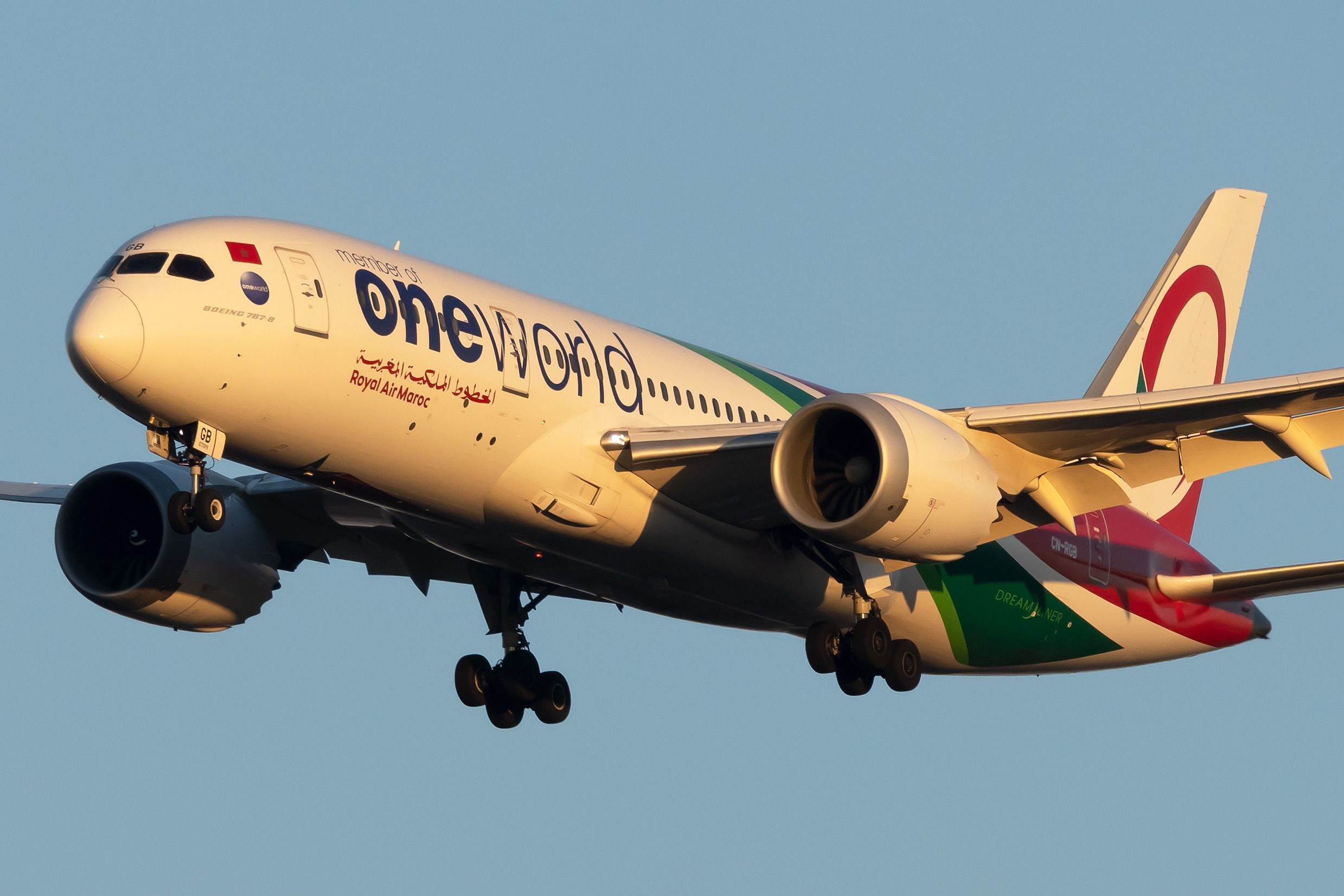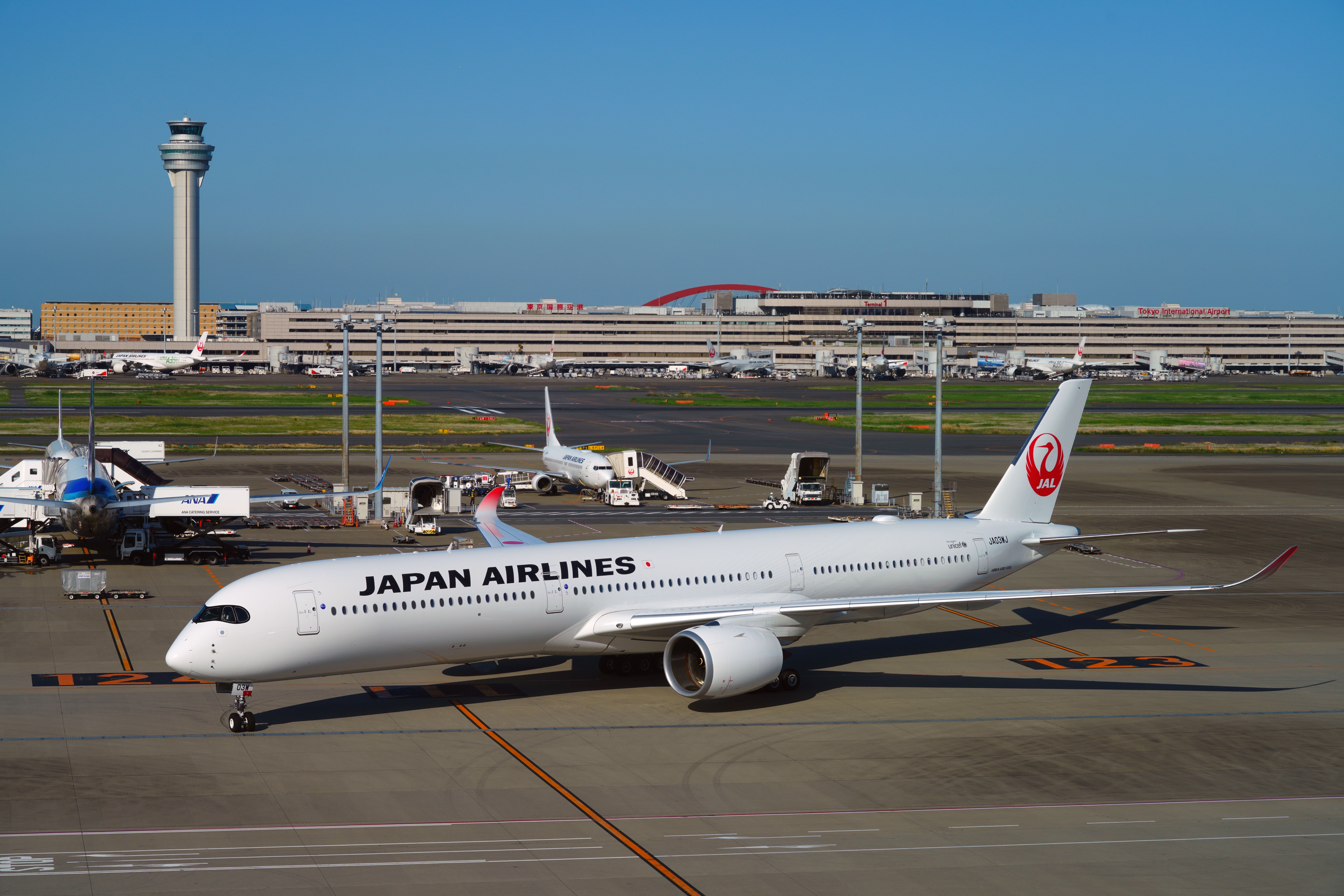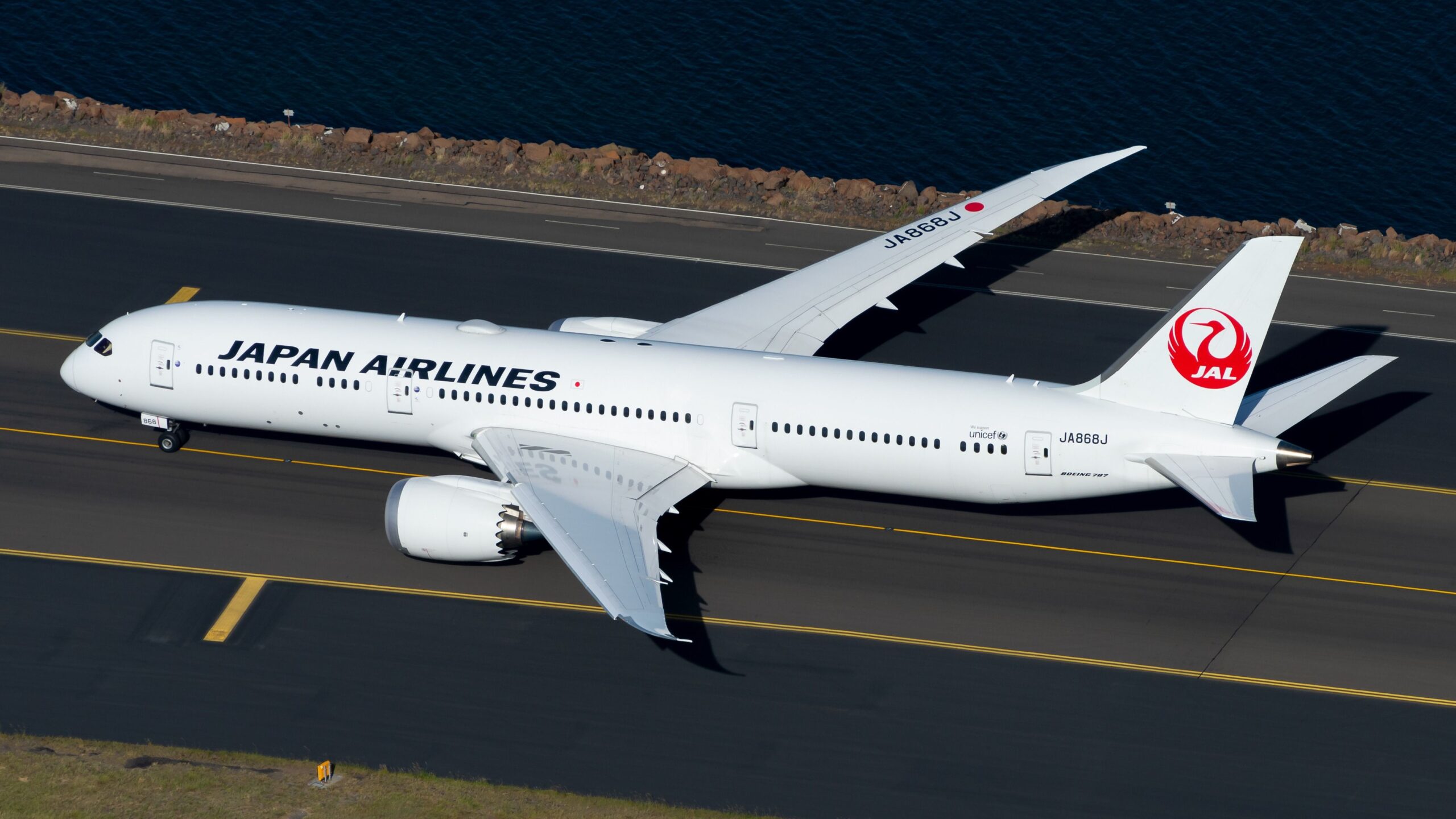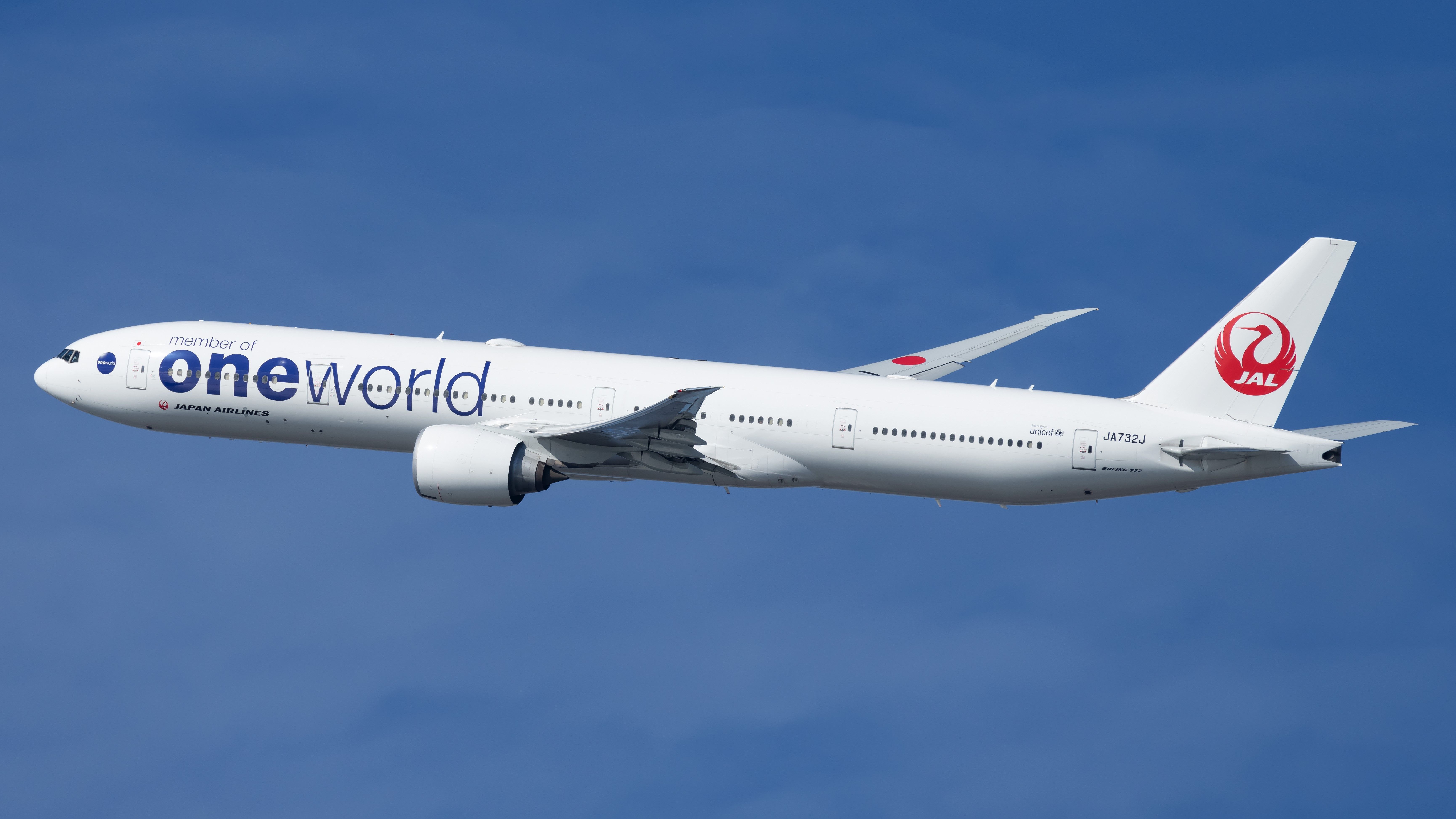Summary
- Boeing secured a JAL order at Farnborough Airshow for 20 787s.
- In this context, Japan Airlines renewed its partnership with GE by ordering 20 GEnx-powered 787-9 Dreamliners.
- JAL’s decision to order 787s and A350s raises questions about fleet strategy and international routes.
During the 2024 Farnborough Airshow, Boeing secured multiple orders, including Luxair’s acquisition of 10 737 MAX 10s and Korean Air’s order of 20 777Xs. Notable, yet often overlooked, are the engine orders. Notably, some aircraft are ordered without engines, allowing customers to choose their preferred. In the case of the 787 Dreamliner, customers can choose between the Rolls Roys Trent 1000 engines or GE’s GEnx engines.
A long-standing relationship between GE and JAL
Japan Airlines has been a long-time partner with the American engine maker, powering remarkable aircraft in the Japanese flag carrier’s fleet.
Photo: Vincenzo Pace I Simple Flying
Notably, the 777-300ER fleet is powered by the hyper-performant GE90 engines. Therefore, it makes sense that the airline once again chooses General Electric for their order of 20 787-9 Dreamliners (10 firms and 10 options) at this year’s Farnborough Airshow.
Here’s what Russell Stokes, President and CEO of Commercial Engines and Services at GE Aerospace, had to say about the deal:
“GE Aerospace and Japan Airlines have a long and enduring relationship that stretches back decades, including being the launch customer for the GEnx engine.”
“We’re honored Japan Airlines continues to place their trust in our products and services with this new order.”
Yukio Nakagawa, Executive Officer and Senior Vice President of Procurement of Japan Airlines had this to say
“As a launch airline for the GEnx-powered 787 Dreamliner, we are delighted to introduce additional 787s. Since incorporation into our fleet, the GEnx engine has proven to be high-performance, reliable, and fuel-efficient through thousands of flight hours.”
“The GEnx engine is essential to expanding our 787 Dreamliner fleet.”

Related
TAAG Angola Airlines & Royal Air Maroc Pick GEnx Engines To Power Their New Boeing 787s
The two carrier among the most recent carriers to place orders for the Dreamliner.
Boeing and JAL – is the relationship changing.
Regular airline industry followers would be aware of Japan Airlines’ ongoing transformation of its long-haul aircraft fleet. Historically a loyal customer of Boeing, employing aircraft ranging from the 737 to the 747, the airline recently surprised many by announcing the retirement of all its 777s in favor of the A350 manufactured by Airbus, Boeing’s main competitor.
It’s interesting to note JAL’s absence of 777X orders, especially considering that it would have been a logical choice to replace the older version of the widely popular twin-aisle aircraft. Not only is it powered by GE, which the carrier just showed renewed trust in, but it also follows the tradition of planemaker choice mentioned above.

Related
Airbus A350 Takeover: Japan Airlines Removes Boeing 777-300ER Flights To New York-JFK & Dallas/Fort Worth
The change will last for three months on flights to the Big Apple, while flights to Texas appear to be permanent.
So, why the 787 if they now have the A350
The airline’s decision to order the Boeing 787 Dreamliner and additional Airbus A350-900s has been surprising.
The Dreamliner appears to be intended for routes with lower passenger demand, a role that the A350-900 can also fulfill. Japan Airlines (JAL) currently operates the A350-900 with a configuration that accommodates 369 passengers, compared to the 787’s 239-seat layout.
The A350-900 aircraft, now used for domestic flights, can be utilized for international routes similar to the 787. In the future, we might see a role reversal, with the new 787s used for domestic routes and the new A350s designated for international flights. However, we’ll have to wait and see how it unfolds.
Some thoughts on the evolution of the fleet
The specific configurations of the additional A350s and Dreamliners have yet to be disclosed. Considering the challenge in training and operating crews for two very similar yet differently manufactured jets for similar missions, the situation is quite intriguing and worth keeping tabs on regarding the future operations of the very diverse fleet


